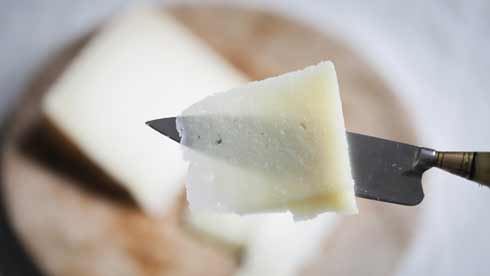SUMMER TAPAS FEAST BY ORLANDO GOUGH
Orlando Gough reveals his ideas for a Spanish Tapas Summer
ORLANDO GOUGH’S SUMMER TAPAS FEAST
Serves 8
A tapas feast? Surely not? Surely tapas are just appetisers? And won’t it be a ridiculous amount of work?
Not necessarily. On holiday in Asturias recently, eating out, my friends Jamie and Boyd and I tried to order most of the tapas menu. The waiter wouldn’t let us. We were slightly distressed (we really want to try all this stuff out!), but the reason became obvious. This wasn’t small-plate tapas but huge-plate tapas, which turns out to be a much better idea, because everyone gets a decent amount, rather than futzing about trying to cut a prawn into six. The dishes were served one at a time, as they were ready.
By the way, the highlight of that meal was a plate of percebes, gooseneck barnacles. A gooseneck barnacle looks at first sight like a tool from a specialist ironmonger, but then turns out to be a lot sexier. There’s a thing that looks like a hoof attached to an articulated rubbery sleeve (the ‘gooseneck’), which peels back to reveal a finger of glossy, chewy flesh. You boil them in brine for a couple of minutes, you peel, you eat. Even more than an oyster, it’s like eating the sea.
So, in Asturian style, the following meal consists of seven quite substantial dishes, accompanied by bread. A mixture of hot and cold, and, assuming you’re an omnivore, of meat, fish, cheese and vegetable dishes. Three of them require almost no preparation at all, which makes the whole thing doable.
You could add a bowl of black olives, a bowl of caperberries, a plate of roasted almonds.
How to serve all this? One dish at a time? You probably won’t want to be jumping up and down from the table, so it may be better to start off by presenting several dishes at once, along with the bread. In any case, a leisurely approach seems appropriate. It’s definitely not a meal to be hurried.
To drink: you could, for example, go for a dry Albariño white wine; or, friskily, a manzanilla sherry; or, radically, an Asturian cider – flat, cloudy and fruity like Scrumpy but much less head-banging.
For pudding – a Brindisa Tarta de Santiago, a beautiful almond cake from Santiago de Compostella, paired with baked apricots and crème fraîche.
Pan con Tomate
Preparation: 3 minutes
Cooking: 3 minutes
500g Pan de Coca (Catalonian flatbread)
3 ripe tomatoes
3 cloves of garlic
Slice the bread in half horizontally, and then vertically. Toast the slices lightly, or put them into a hot oven for a couple of minutes. Halve the tomatoes and the cloves of garlic. Rub each slice first with a clove of garlic and then with a tomato.
Boquerones
Preparation time: 3 minutes
400g Nardin boquerones (white anchovies which have been soaked in vinegar)
3 tbsp chopped parsley
1 small red chilli, finely chopped.
Toss the boquerones in the parsley and chilli, and lay out decoratively on a plate.
Pimientos de Padrón
Preparation: 2 minutes
Cooking: 8 minutes
360g Pimientos de Padrón (small green peppers)
olive oil
salt
Heat the oven to 230C. Put the peppers on a baking tray, sprinkle over a few tablespoonfuls of oil, season generously with salt, a toss well. Roast for about 8 minutes, until the peppers blister and begin to turn brown. Serve hot. To eat: pick them up by the stem and bite off the pepper. Most are sweet. Some are hot. It’s Russian roulette, but more sociable.
A Plate of Spanish Charcuterie
500g assorted cured meats – jamón Ibérico or jamón Serrano, chorizo, lomo, cecina, salchichón.
Jamón Ibérico and Jamón Serrano are cured hams. Jamón Serrano (‘mountain ham’) has a meatier and more savoury flavour than Jamon Ibérico (ham from the Iberian peninsular). Lomo is cured pork loin; cecina is air-dried smoked beef; salchichón is Spanish salami.
Tortilla with potato and asparagus
Preparation and initial cooking: 50 minutes
Final cooking: 10 minutes
600g new potatoes, cut into small chunks
olive oil
salt and pepper
500g asparagus, woody ends discarded, chopped into short sections
8 eggs
Heat the oven to 190°C. Put the chunks of potato in a roasting tin, sprinkle over a few tablespoonfuls of olive oil, season generously with salt and pepper, and toss well. Roast for 30 minutes. Add the asparagus, toss together and roast for another 15 minutes.
Beat the eggs in a large bowl, and add the potatoes and asparagus. Gently heat 5 tablespoonfuls of olive oil in a large (preferably non-stick) frying pan. Pour in the mixture. Cook for 4 minutes, occasionally loosening the tortilla from the pan with a plastic spatula. The underside should be golden brown. Put a plate of roughly the same size upside down on the top of the tortilla, and invert it. Careful! Put a little more oil in the pan and slide the tortilla back in. Cook for another 3 minutes. The middle should be solid. Slide on to a board, and serve warm or cold.
Pulpo a la plancha
Preparation: 2 minutes
Cooking: 5 minutes
500g octopus, prepared (three tentacles which have been steamed in their own juices)
a couple of tablespoonfuls of olive oil
½ tsp sea salt
½ tsp paprika
Wash the juices off the tentacles and pat dry with kitchen paper. Slice the tentacles on the diagonal. The slices should be about ½cm thick. Put a griddle or skillet on to a medium heat, and wait until it’s very hot. Put in the slices of octopus. Cook for a couple of minutes on either side, until they are slightly charred. Transfer to a plate and toss in the oil, salt, and paprika. Serve hot.
Broad Beans with Morcilla
Preparation: 10 minutes
Cooking: 6 minutes
200g morcilla, cut into rounds about 1cm thick
3 cloves garlic, chopped
3 spring onions, sliced
½ tsp fennel seeds
olive oil
500g podded broad beans (if you’re using fresh broad beans, you’ll need about 2kg in their pods)
100ml vegetable stock
salt and pepper
4 tbsp chopped mint (chop the mint at the last moment, or it will discolour)
the juice of a lemon
Fry the garlic, spring onions and fennel seeds for a minute in a couple of tablespoonfuls of olive oil. Add the broad beans and the stock, season with salt and pepper, and cook for about 4 minutes, till the beans are tender. Meanwhile, fry the morcilla on both sides for a minute or two in a couple of tablespoonfuls of oil, till slightly crisp. Add to the beans, stir in the mint, add the lemon juice, and serve.
Manchego with membrillo
300g 1605 semi-cured Manchego
150g Membrillo
Traditionally the manchego is sliced into thin wedges, and a small wedge of membrillo is put on top. But you could leave it to your guests…..
Tarta de Santiago
and
Baked apricots with vanilla and saffron
Preparation: 10 minutes
Cooking time: 50-80 minutes
150g caster sugar
250ml water
a generous pinch of saffron
20 apricots
1 vanilla pod
Heat the oven to 130°C. Put the sugar in a saucepan with the saffron and the water. Heat gently until the sugar has dissolved. Make an incision into each apricot along its natural division, right to the stone. Put the apricots in a baking dish with the vanilla pod. Pour over the sugar syrup. Put in the oven and cook, uncovered. The cooking time will depend on the ripeness of the fruit – about 50 minutes if ripe up to about 80 minutes if rock-hard. Allow to cool. Just before serving, baste the apricots with the syrup. Serve at room temperature, with crème fraîche.
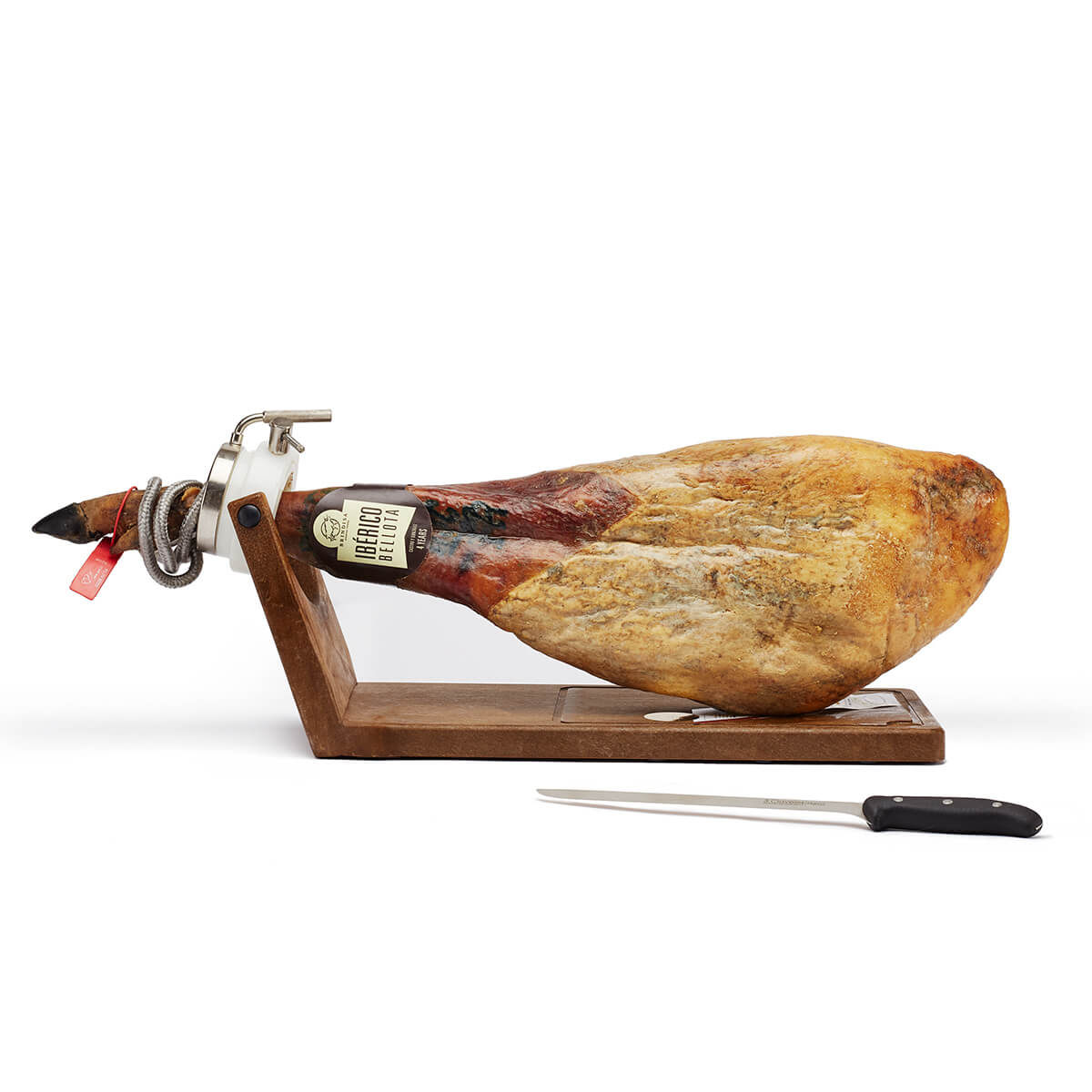 Brindisa Bellota 75% Iberico Ham Kit
Brindisa Bellota 75% Iberico Ham Kit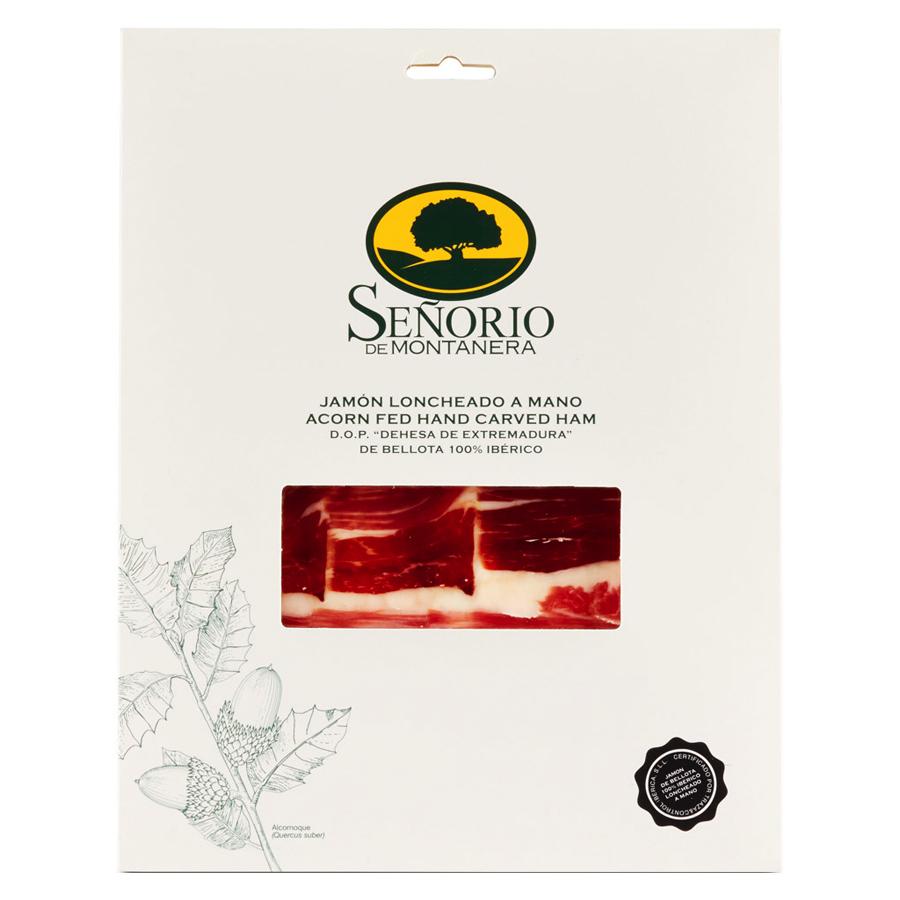 100% Iberico Hand-Carved Ham
100% Iberico Hand-Carved Ham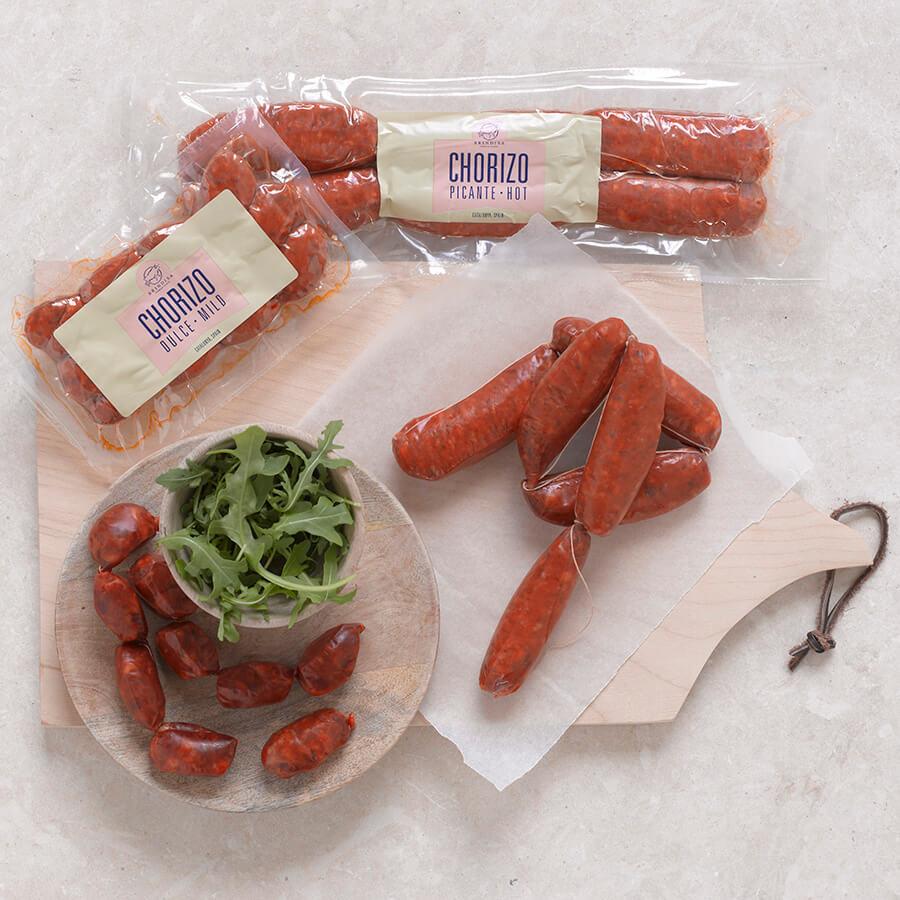 Cooking Chorizo
Cooking Chorizo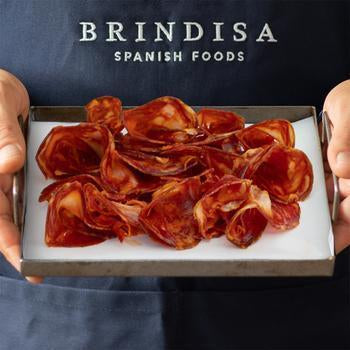 Freshly Sliced Charcuterie
Freshly Sliced Charcuterie Truffle Manchego
Truffle Manchego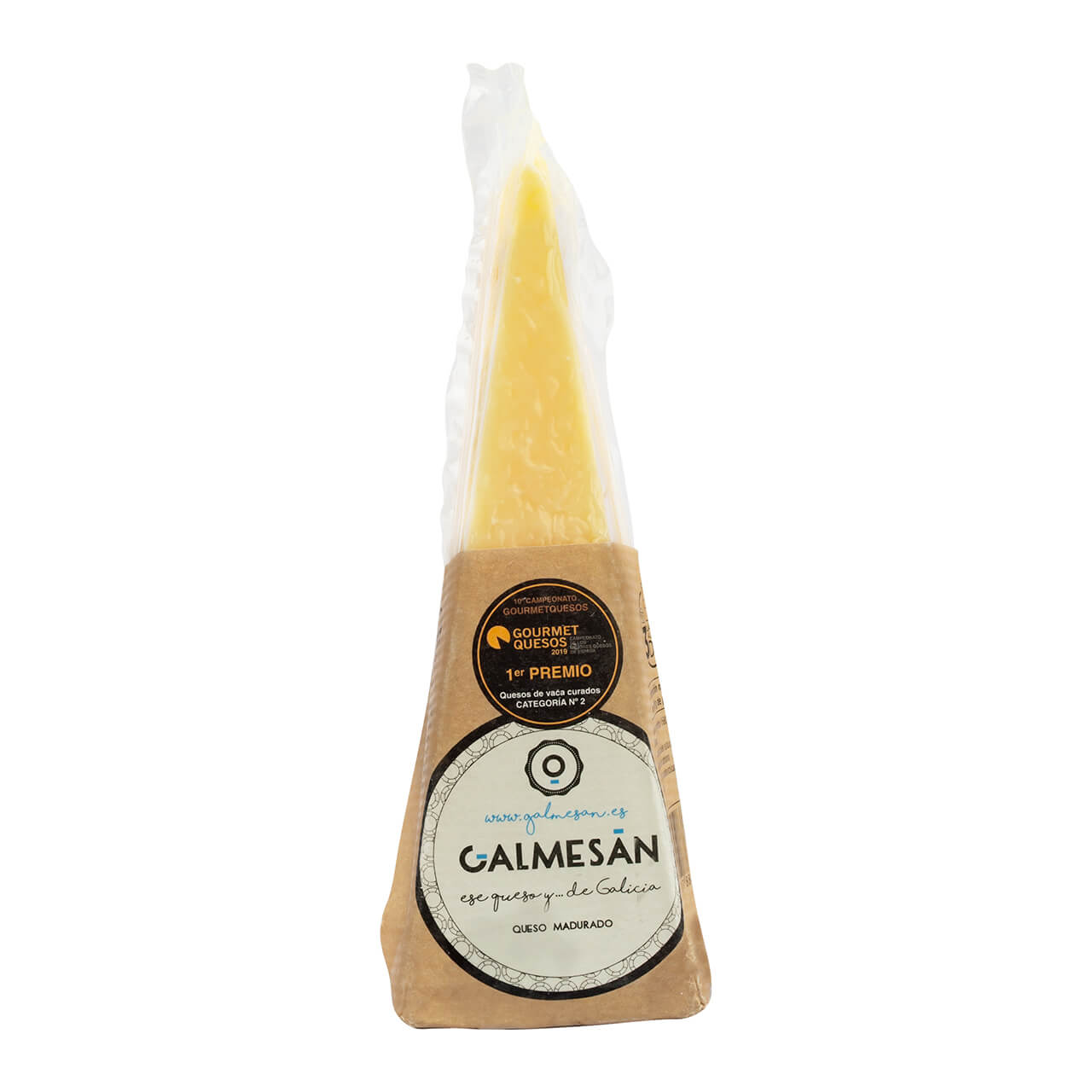 Galmesan Wedge
Galmesan Wedge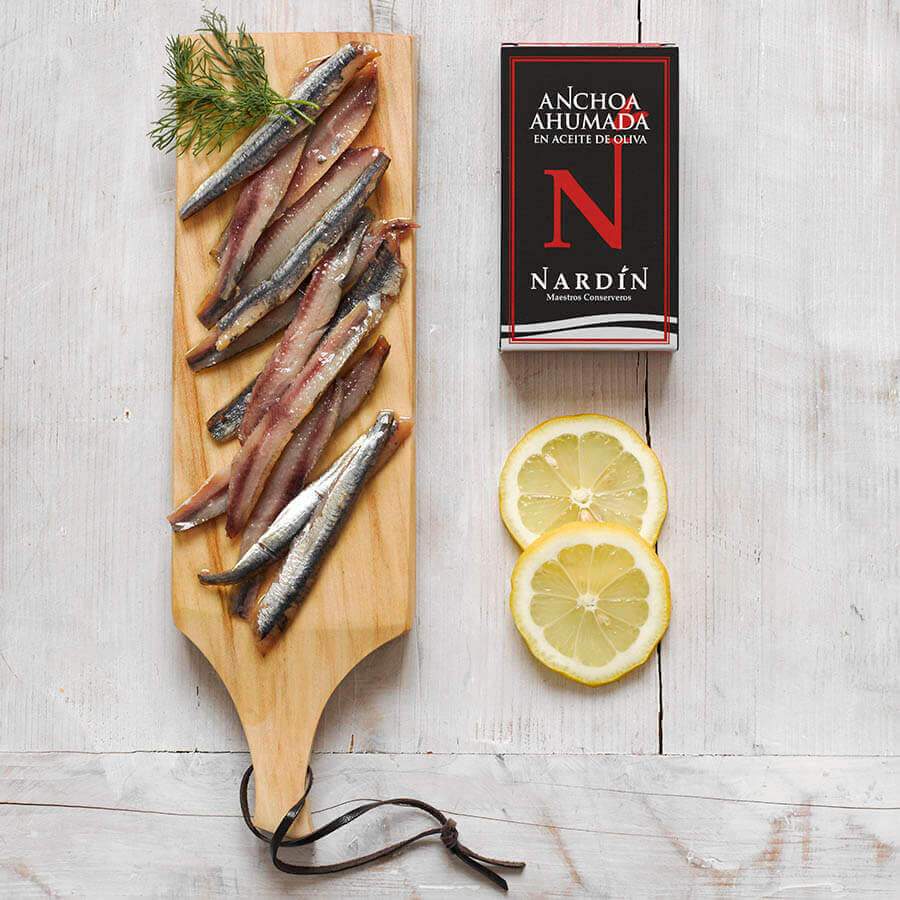 Beech Smoked Anchovies
Beech Smoked Anchovies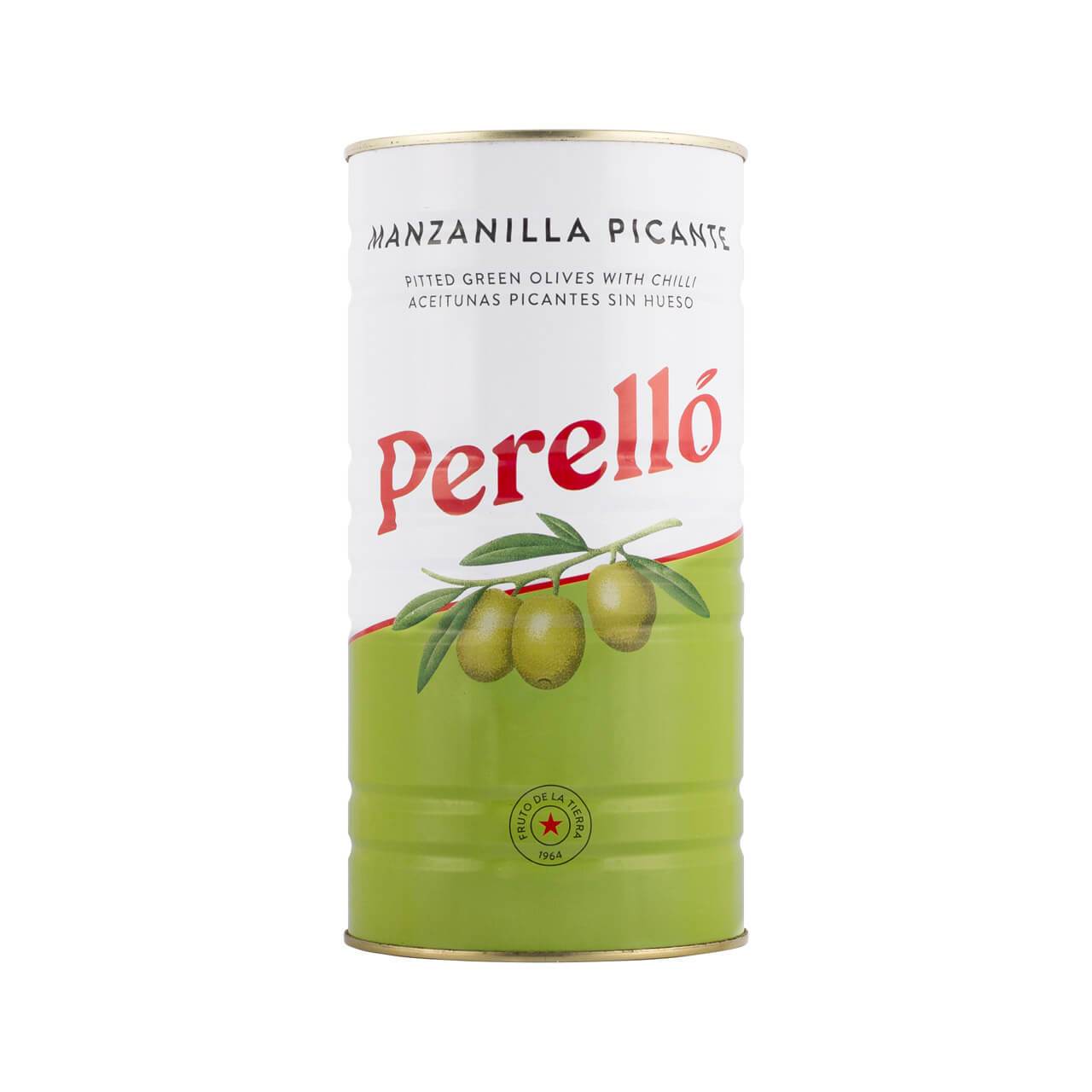 Perello Manzanilla "Martini" Olives
Perello Manzanilla "Martini" Olives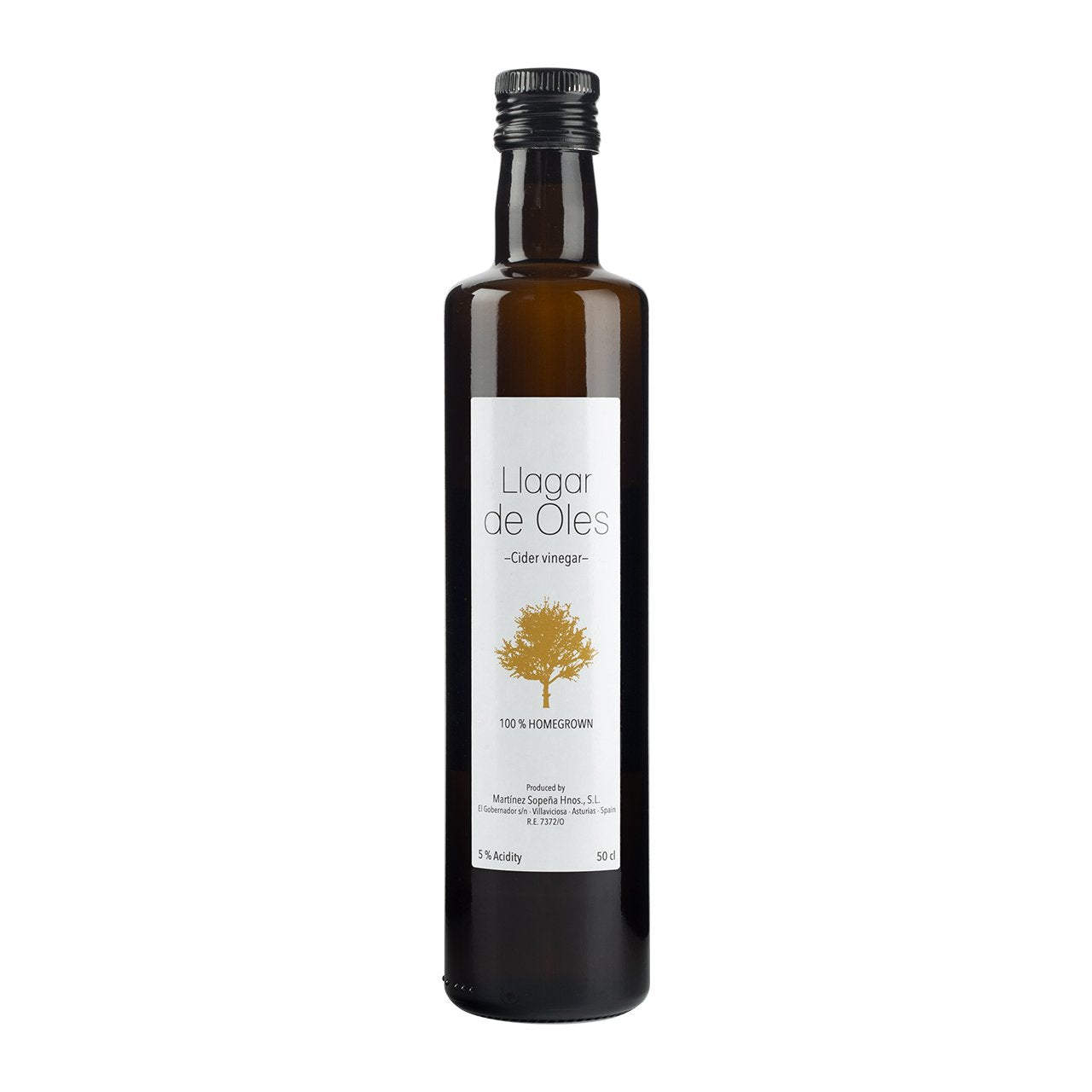 Apple Cider Vinegar
Apple Cider Vinegar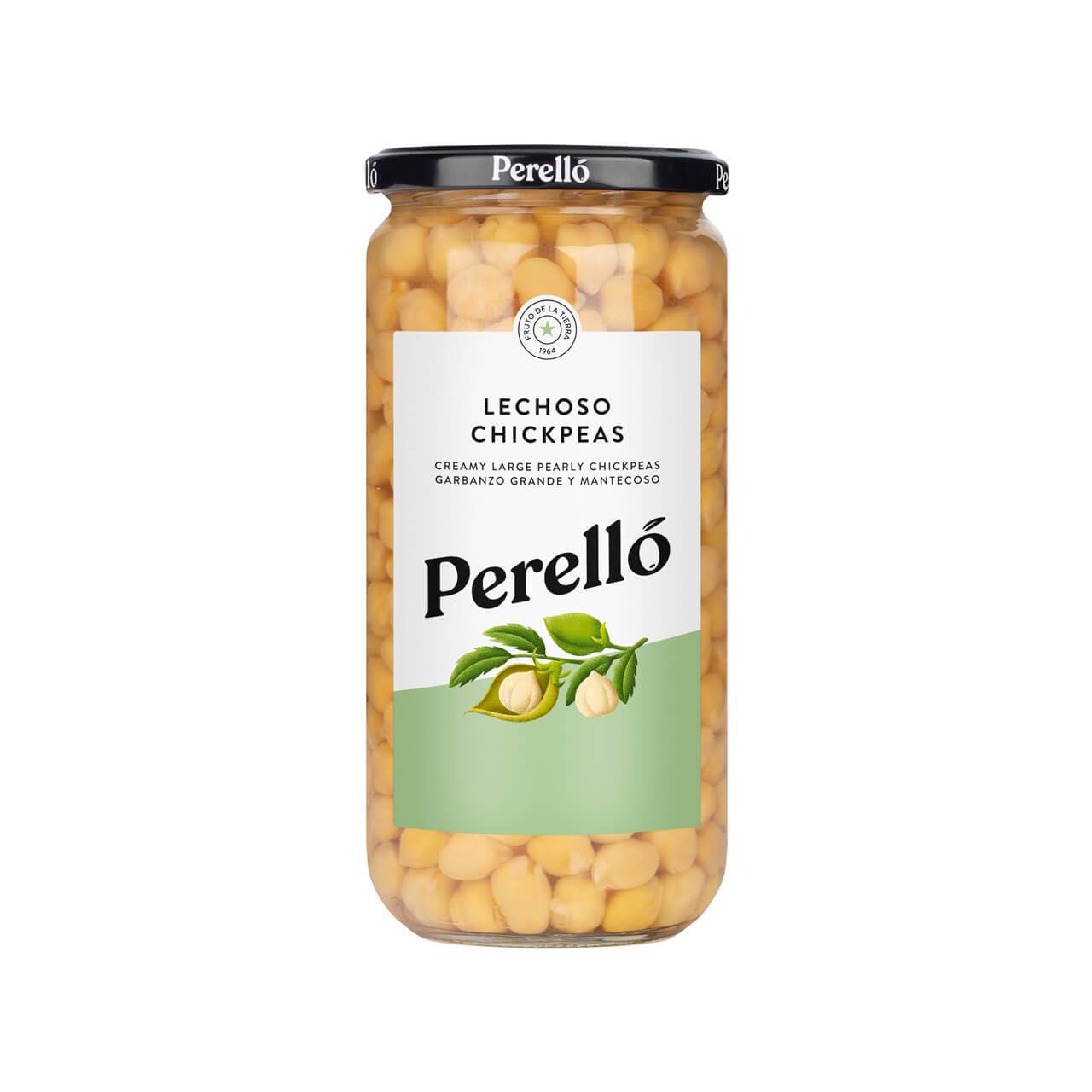 Perello Chickpeas
Perello Chickpeas Buy a Gift Card
Buy a Gift Card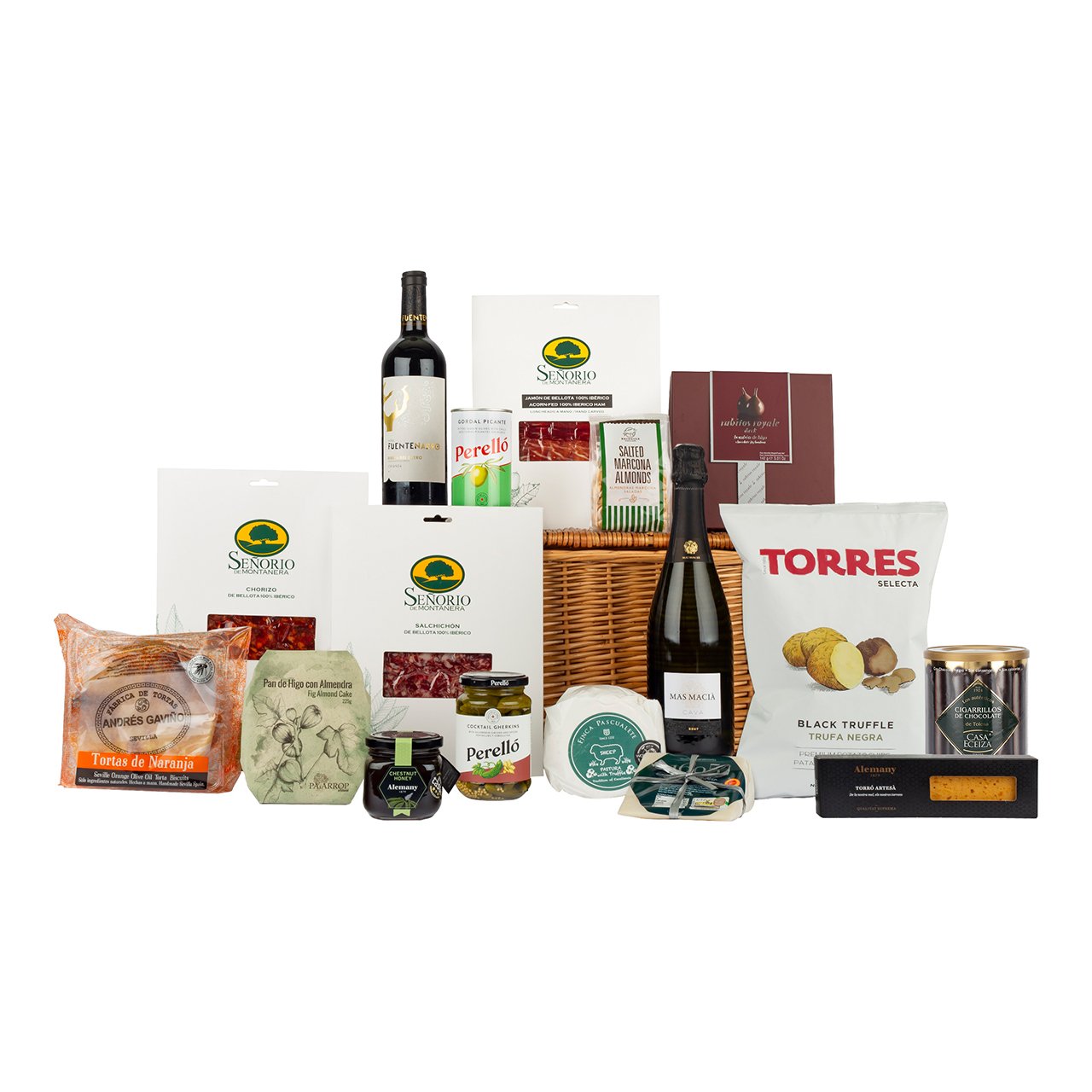 Celebration Hamper
Celebration Hamper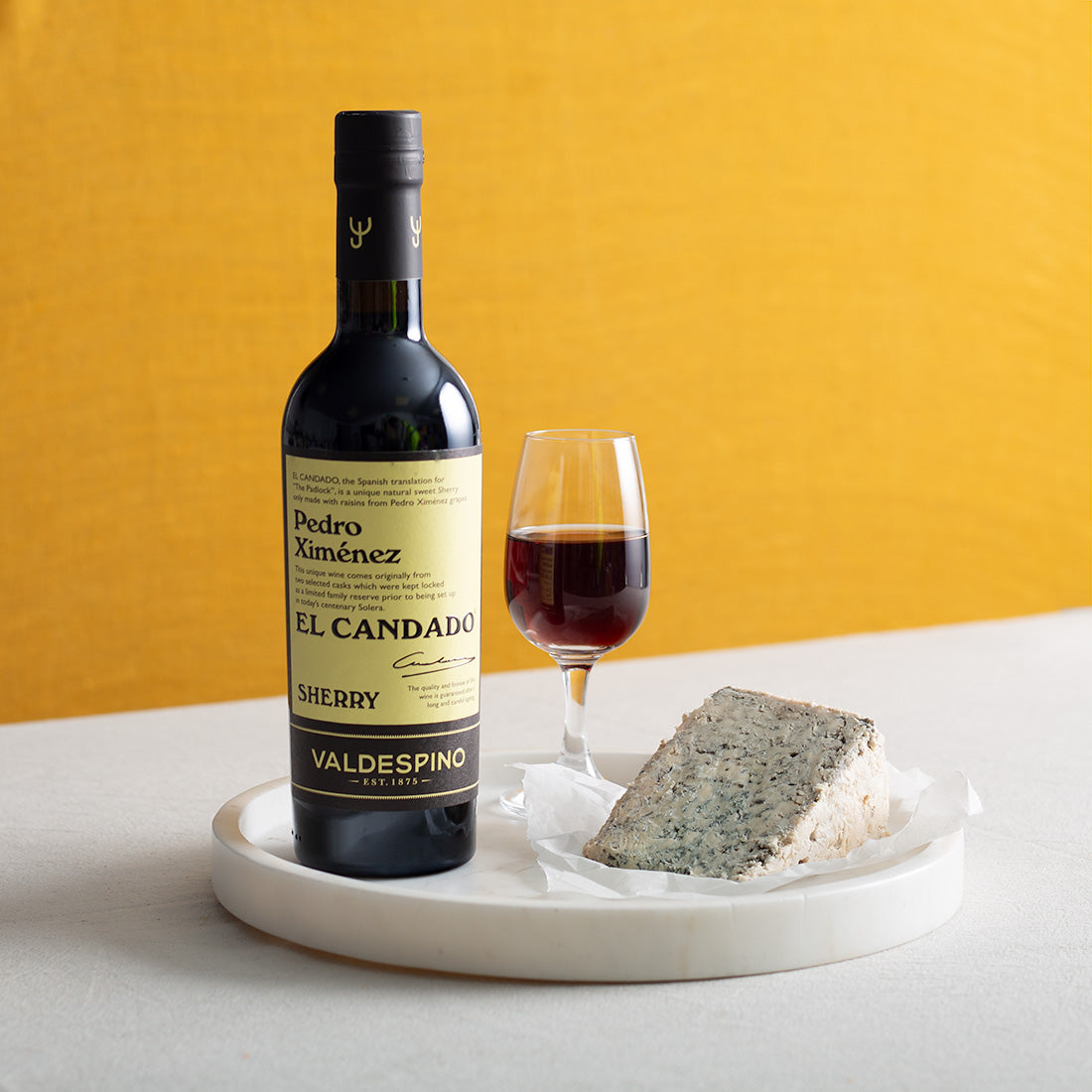 Sherry
Sherry Sparkling Cava for Christmas
Sparkling Cava for Christmas Perello Olives
Perello Olives Navarrico Butter Beans
Navarrico Butter Beans






